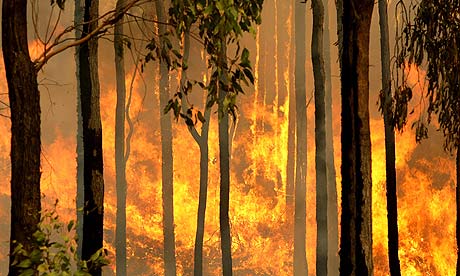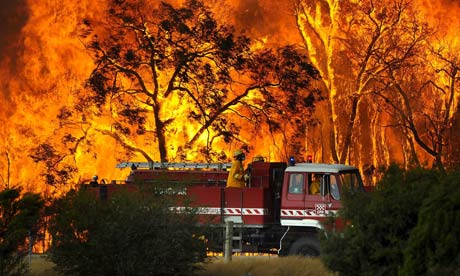One of the world's largest cities is launching a rationing plan in a drastic -- and some say overdue -- effort to conserve water after rampant development, mismanagement and reduced rainfall caused supplies to drop to dangerously low levels.
Full service is expected to be returned sometime Tuesday. Similar cuts will be carried out every month until the rainy season begins, usually around May.
"We are running out of water," Jorge Efren Villalon, a senior official with the National Water Commission, told Mexican radio Thursday.
Water management is one of the most daunting chronic problems, like trash disposal and traffic flow, plaguing sprawling cities across the world. Experts say Mexico has failed to take actions needed to upgrade aqueducts, pipes and treatment plants and has allowed construction projects in areas that should be used for catching runoff and replenishing aquifers.
By one study, published Thursday in El Universal newspaper, 10 million people nationwide do not have access to potable water; many must buy it from water trucks at exorbitant prices.
Many Mexico City residents Thursday seemed to be taking things in stride and were filling buckets, cisterns and bathtubs to spell them through the weekend. Others complained that water flow in their neighborhoods was already so bad they couldn't imagine it getting worse.
Daniel Gallardo, manager of a restaurant in the tony Polanco neighborhood, said he had two large tanks on the roof that were full and was considering adding more.
Polanco is a typical example of a district where a building boom has stretched municipal resources despite its wealth.
"Water is getting more and more complicated with all the people arriving," Gallardo, 30, said. "For a while now, the situation has been that water pressure is good at night, but in the day it gets very low."
Through migration and a high birthrate, Mexico City's population increased sixfold in the last half of the 20th century. Demographers expect it to continue growing, but more slowly.
Villalon and other officials said rationing was a stop-gap measure and that efforts such as conservation and investment in water-delivery systems were also necessary.
Several city districts were setting up public water tanks to supply residents over the weekend and minimize political fallout.
"We are asking citizens to conserve water," Mexico state water secretary David Korenfeld said, "but not to panic."
wilkinson@latimes.com





